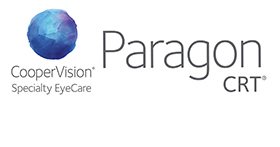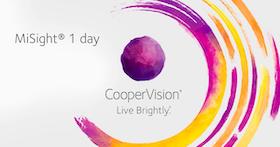Myopia Control
Slow the progression of your child’s nearsightedness.


Does your child have difficulty seeing distant objects?
Myopia (nearsightedness) typically starts to develop in childhood and often progresses until about age 20.
Slowing the progression of Myopia is important because it may reduce the risk of developing serious eye conditions later in life such as cataracts, glaucoma, retinal detachment, and myopic maculopathy.
There are several treatment options to slow the progression of myopia.
| Treatments | What is it? |
| CRT (Corneal Refractive Therapy) | Gas permeable contact lenses that your child sleeps in at night. The lenses reshape the curvature of your child’s cornea temporarily to prevent further progression of nearsightedness. |
| MiSight One Day | Soft contact lenses that your child wears each day just like any normal daily contact lens. The technology in the lenses help your child focus differently to slow down the progression of nearsightedness. |
| Atropine Drops | Topical Atropine is a medicine used to dilate your child’s pupil and temporarily relax the eye’s focusing mechanism to help reduce progression on nearsightedness. |
Determining a Myopia Control Plan for your child starts with a visit to your eye doctor. Schedule your appointment now.

Myopia is on the rise.
Nearsightedness is a growing concern in the US and other countries.
It is estimated that by the year 2050, roughly half of the world’s population will be affected by this eye condition.
Researchers believe the rise can be attributed to more time spent staring at screens.
More information:
You can click the links below to learn more about CRT and MiSight.
If you’d like to know more about how we can help your child with myopia control, request an appointment with us at Carolina Center for Eye Care today!





